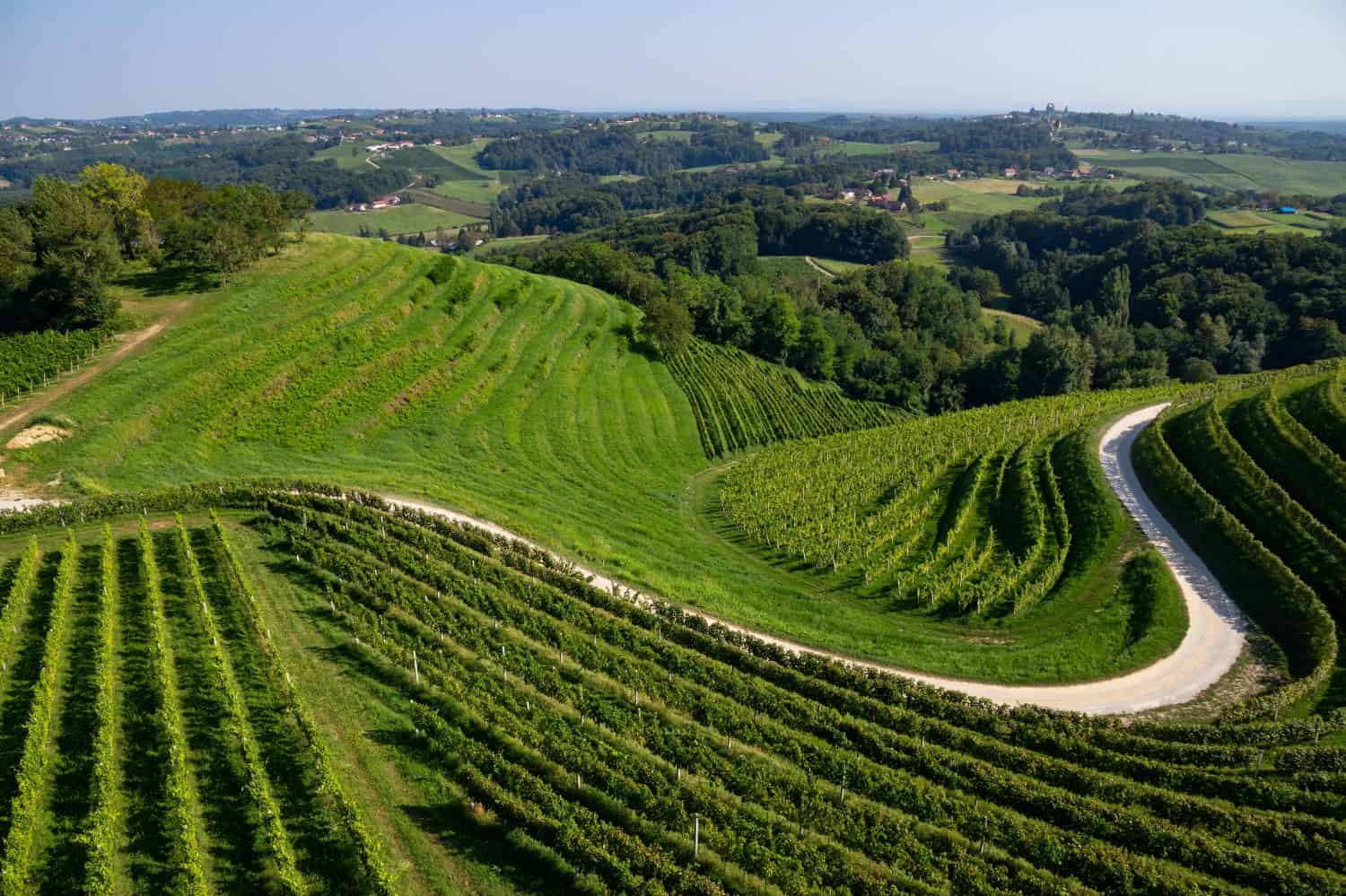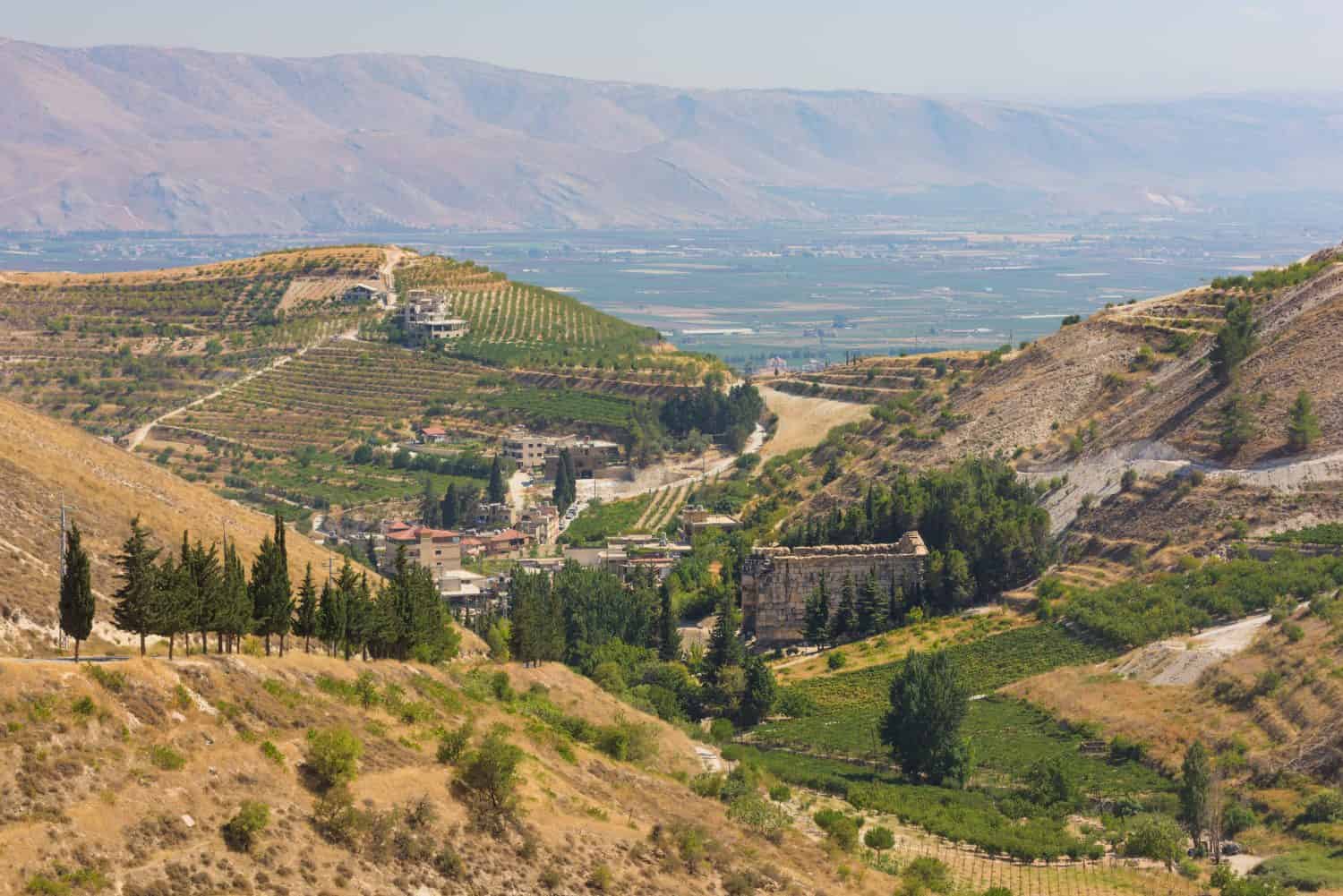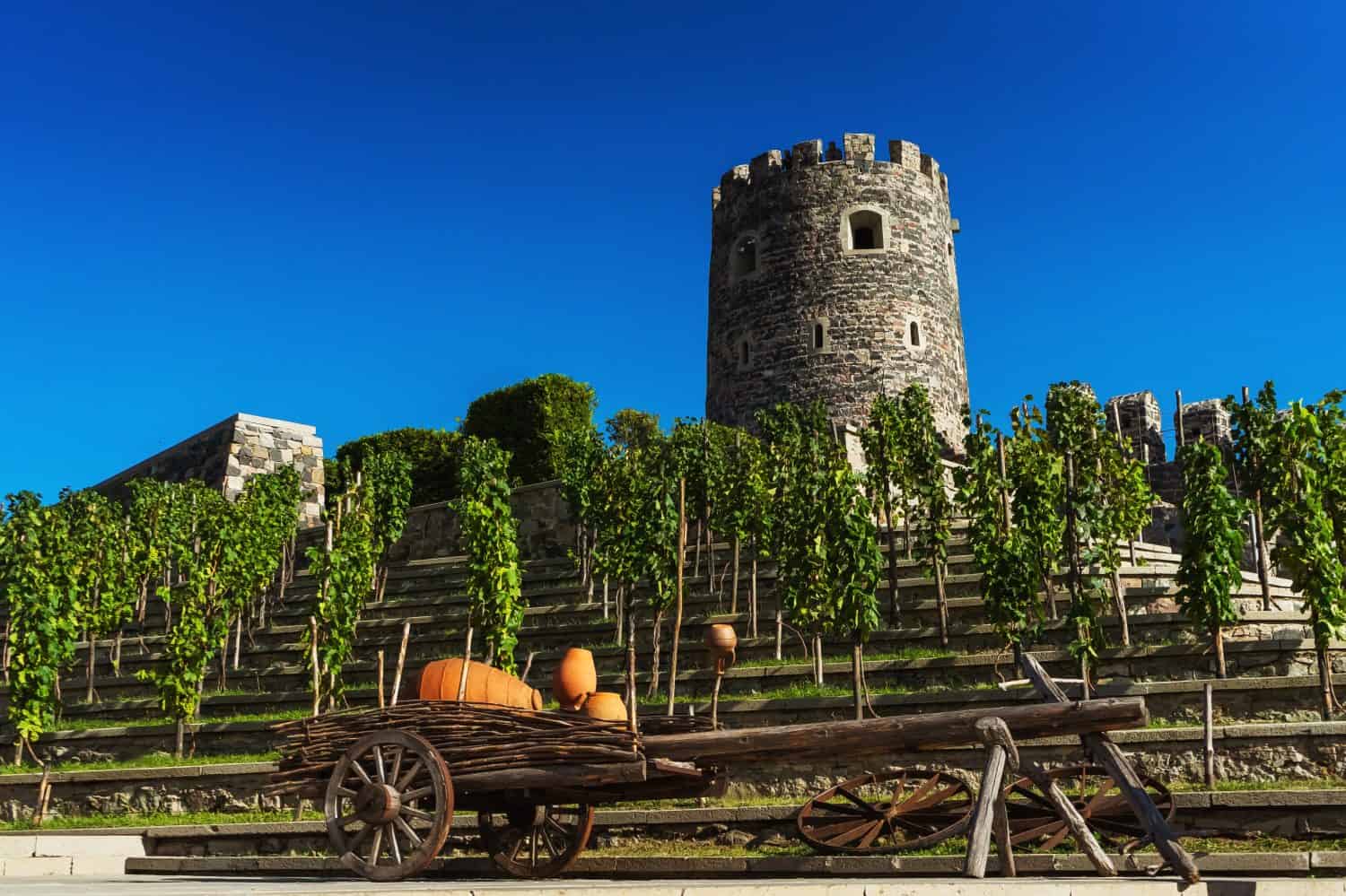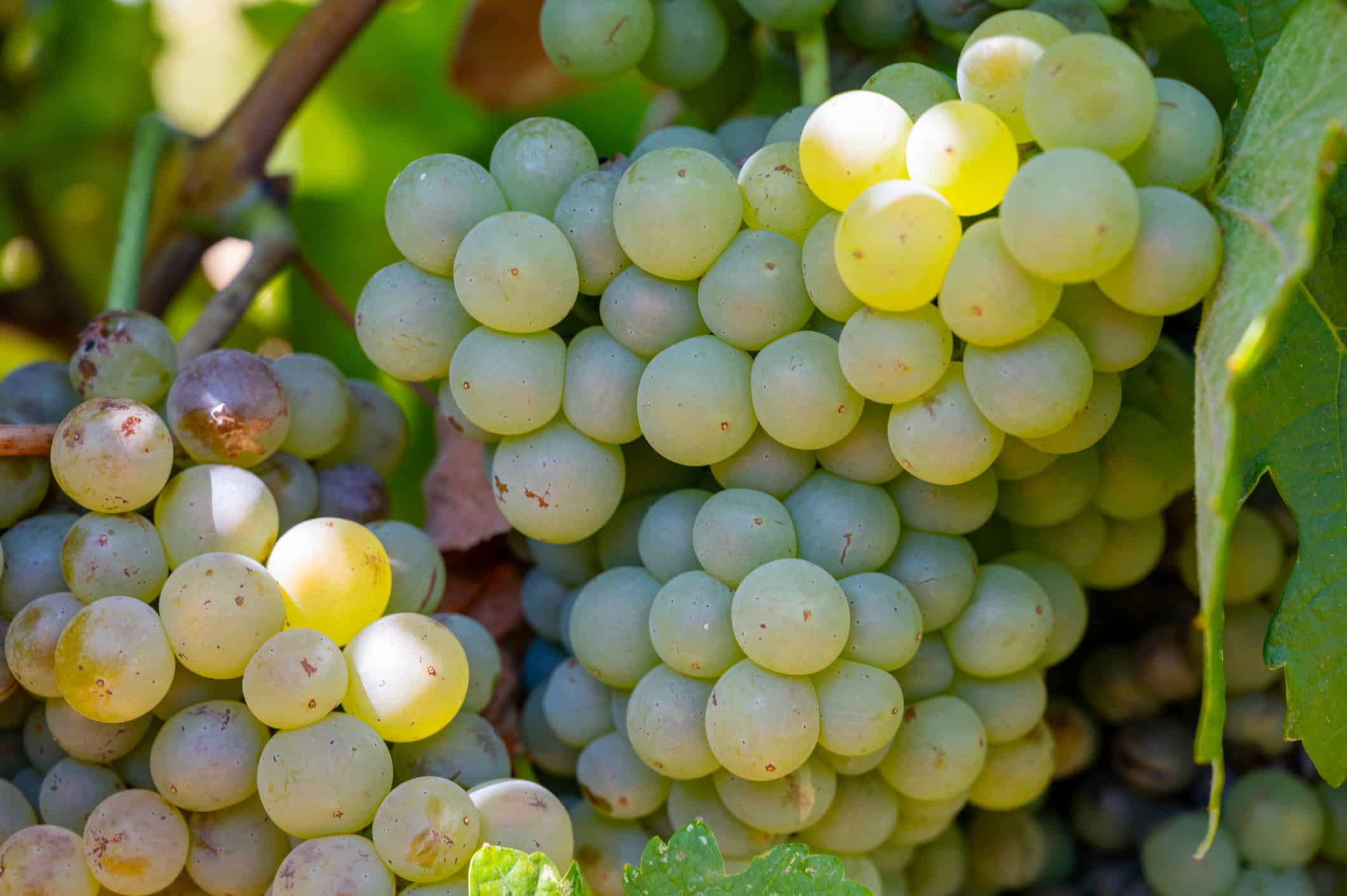We’re all familiar with some of the most famous wine-growing countries in the world. Chances are, you’ve enjoyed a Cabernet Sauvignon from the United States, a champagne from France, or a Malbec from Argentina. But did you know that incredible wine grows all over the world? In this article, we’re going to dive into some of the lesser-known wine-producing countries on Earth that produce some of the best wines you’ve ever tasted.
From South America to the Middle East, these countries have diverse climates, soils, and grapes that are sure to fill your cup and delightfully surprise your palate. For each country on the list, we’ll highlight the primary wine-growing regions, as well as the primary grapes grown on the vineyards. Additionally, we’ll look at tasting notes and fun facts about the region. Whether you’re a new wine drinker or an official wine snob, you’ll be sure to learn something new! Remember that just because a wine isn’t commonly consumed in America, it doesn’t mean it isn’t fantastic. Let’s dive in!
1. Croatia

Zinfandel was born in Croatia! The grape is now grown all over the globe, with a reputation for production in France and California.
©Zoran Pajic/Shutterstock.com
The small country of Croatia is one of the most incredible, historic wine regions on Earth. While in recent years, Croatian wines have been less popular than other regions, Croatia has a rich history of wine-making that dates back to the ancient Greeks. There are some indigenous grapes in Croatia that are more common than others, but the country has a whole has 130 indigenous grape varieties. While it can be hard to get your hands on Croatian wine in the States, it’s certainly worth a look!
- Primary wine-growing regions: Istria, The Dalmatian Coast, The Continental Hinterland
- Grapes grown in the country: Plavac Mali, Pošip, Malvasia, Blaufränkisch, Grk Bijeli
- Tasting notes: Croatian wines offer a great opportunity to taste indigenous grapes that aren’t grown in other regions. Plavac Mali is the most commonly produced red wine in the country, and tastes of blackberry, pepper, and spice with low acid.
- Fun facts: Croatia has astonishing orange wines. Orange wines are made through a similar process as rose production. However, instead of leaving red grapes on the skin for a short time, orange wines are made by leaving white grapes on their skin for a short portion of time!
2. Lebanon

The country of Lebanon grows a wide range of indigenous grapes, many of which have never been tasted by the American palate!
©Em Campos/Shutterstock.com
Let’s travel to the Middle East to enjoy the wines of one of the most historic wine regions in the world: Lebanon. Lebanon’s history of wines has been profoundly impacted by political situations over its lifetime, but winemakers have emerged as resilient and the region still produces some legendary wines. The red wines of Château Musar are the best-known Lebanese wines globally, having won an international reputation for taste.
- Primary wine-growing regions: Bekaa Valley, Batroun
- Grapes grown in the country: Cabernet Sauvignon, Merlot, Syrah, Chardonnay, Merweh, Meroué, Obaideh
- Tasting notes: Many of the common French grapes grown in the region have tasting notes resembling what we would expect from a French version of the variety. However, indigenous grapes like Obaideh and Merwah are typically high-alcohol, low-acid wines, featuring notes of honey and florality.
- Fun facts: Lebanon is one of the oldest wine-growing regions anywhere on Earth. While French influence is obvious in their winemaking style, Lebanon also has indigenous grapes that are far less commonly grown globally.
3. Hungary

Tokaj is usually produced with botrytized grapes. This mold is what produces the high level of sugar we see in the dessert wine!
©berni0004/Shutterstock.com
Hungary is another Old World region on this list of lesser-known wine regions of the globe. Despite a small reputation in the United States, the wines of Hungary are unique and delicious. You need a good understanding of Hungarian regions in order to pick the right bottle, though, as most Hungarian wines are labeled by region and not grape. If you’re a fan of dessert wines, you’ve likely given Tokaj a try. But don’t be afraid to branch out and try some of Hungary’s delicious dry wines.
- Primary wine-growing regions: Tokaj (Tkaji), Eger (Egri), Mátra, Lake Balaton, Somló, Villány, Sopron, Mór, Pannonhalma, Kunság, Csongrád, Hajós-Baja, Neszmély, Etyek-Buda, Szekszárd, Zala
- Grapes grown in the country: Furmint, Cabernet Franc, Welschriesling, Chardonnay, Ezerjó, Cserszegi Fűszeres
- Tasting notes: While each grape has a variation in flavor, Wine Folly notes that many Hungarian grapes are rustic and jammy with solid acidity present. Of course, the famous dessert wine of the region, Tokaj, has a nutty, sweet flavor.
- Fun facts: Hungary has a latitude that would point toward climates too cool to grow most varieties of wine grapes. However, mountains surrounding the area warm up the region to appropriate wine-growing temperature!
4. Canada

Did you know that every bottle of wine contains almost 3 pounds of grapes?
Everything Wine
notes that 2,000 pounds of grapes only makes about 720 bottles of wine!
©Nalidsa/Shutterstock.com
Another less-known wine region is Canada. Despite its northerly latitude, some great wines come out of the country! While Canada isn’t generally revered as a major wine-growing region, the country is actually home to 1,700 different grape growers who contribute billions to Canada’s economy. 75% of Canadian wine comes from Ontario, though there are several wine growing regions within the country. Get to know the bright and delicious wines of Canada!
- Primary wine-growing regions: Ontario and British Columbia
- Grapes grown in the country: Chardonnay, Riesling, Pinot Noir, Gamay Noir, Cabernet Franc
- Tasting notes: The most famous Canadian wine is icewine, which has a syrupy, sweet flavor. However, from the region’s whites and reds, you can expect high acid and ripe fruit flavors.
- Fun facts: Icewine is a dessert wine produced with grapes that have gone through a freeze. Canada is the perfect climate for icewine production and the country actually makes the most icewine of any country on Earth!
5. Georgia

Wine has been growing in
Georgia
for over 8,000 years.
©Yashkin Ilya/Shutterstock.com
Traveling back over to eastern Europe/Eurasia, Georgia is another historic and delicious less-known wine region. The wines of Georgia are an important part of the country’s history, and if you can get your hands on them, they are worth a taste. Despite other commonly told tales, Georgia is actually the birthplace of wine. For wine snobs and newbies alike, Georgia is sure to offer some powerful wines.
- Primary wine-growing regions: Kakheti, Kartli, Imereti, Racha, Meskheti, Black Sea Coast
- Grapes grown in the country: Chinuri, Chkhaveri, Mujuretuli, Tsitska, Goruli Mtsvane, Shavkapito
- Tasting notes: Across the board, Georgian white wines are aromatic with notes of floral and fruit. Red wines, however, have more depth, exhibiting dark fruit characteristics alongside smoky notes. However, the indigenous grapes of Georgia vary substantially from one another. Georgia also produces orange wines, which pair beautifully with food.
- Fun facts: Wine in Georgia has historically been drank from horn vessels and animal skins. The treatment of the horns prior to drinking made them a reliable and durable cup!
6. China

Wine in China dates back to the Han dynasty.
©futuristman/Shutterstock.com
Most wine commonly consumed in the United States comes from either North America or Europe, with other continents trailing far behind. Did you know that China, located on the continent of Asia, is a major wine producer? It’s actually the largest grape producer in the world. While many experts say Georgia was the birthplace of wine, some claim it was actually China. Let’s take a look at some Chinese wine fast facts!
- Primary wine-growing regions: Ningxia, Shandong, Hebei, Xinjiang, Shanxi, Liaoning, Heilongjiang, Tianjin, Jilin, Gansu, Henan
- Grapes grown in the country: Chardonnay, Cabernet Sauvignon, Merlot, Cabernet Gernischt, Riesling
- Tasting notes: Chinese wines aren’t known for being terribly complex. You can expect oak notes and some bright, sometimes jammy, fruit in your Chinese reds.
- Fun facts: China produces more than 50% of the grapes grown on Earth!
Thank you for reading! Have some feedback for us? Contact the AZ Animals editorial team.








